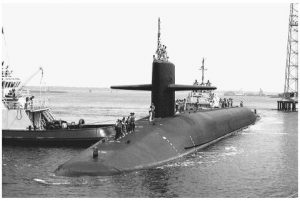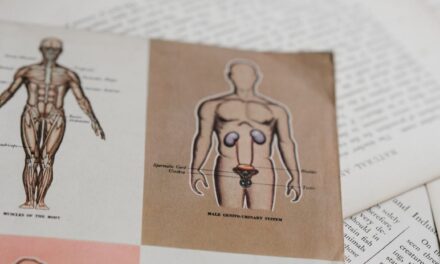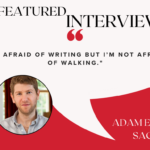 CR volunteer Nick Story is a fiction writer. But of course! you say. With a name like that, how could he be anything but? Well, the story (pun intended) isn’t as simple as you’d think. Even though he sprang from his crib waxing eloquent on his eternally spinning mobile—and as a second-grader wrote a forty-page account of what the backyard looked like from the cat’s point of view, it turned out that spinning a good yarn wasn’t Nick’s only talent. For example, he could actually spin yarn: By the age of twelve, he was known as the best poncho weaver in the county seat. He could also yodel and mambo (both, at the same time!) and was a whiz with a yo-yo. He did a frighteningly good impression of a dolphin, and he made the meanest Tofurky sandwich that you’ve ever tasted. In fact, he was really good at a lot of things. It’s not easy, turning away from ability like that. But eventually he caved, and continued further along the literary journey he’d started so long ago—for Nick could no longer deny his own story.
CR volunteer Nick Story is a fiction writer. But of course! you say. With a name like that, how could he be anything but? Well, the story (pun intended) isn’t as simple as you’d think. Even though he sprang from his crib waxing eloquent on his eternally spinning mobile—and as a second-grader wrote a forty-page account of what the backyard looked like from the cat’s point of view, it turned out that spinning a good yarn wasn’t Nick’s only talent. For example, he could actually spin yarn: By the age of twelve, he was known as the best poncho weaver in the county seat. He could also yodel and mambo (both, at the same time!) and was a whiz with a yo-yo. He did a frighteningly good impression of a dolphin, and he made the meanest Tofurky sandwich that you’ve ever tasted. In fact, he was really good at a lot of things. It’s not easy, turning away from ability like that. But eventually he caved, and continued further along the literary journey he’d started so long ago—for Nick could no longer deny his own story.
Here’s Nick on one of the essays from our upcoming issue:
Nick Story: On February 19, 1982, an obscure post-punk band called Section 25 began their set at Danceteria in New York City with the song “Trident.” In June of the same year, the General Dynamics Corporation announced a successful test run of the first ever nuclear-powered Trident submarine, the deadliest of all Cold War gadgets, capable of remaining submerged for months at a time and of launching missiles that could simultaneously strike numerous sites in the USSR from the bottom of the ocean, killing upwards of ten million Soviets with the push of a button.
 It is between these two “Tridents” that Joshua Harmon situates his essay, “The Annotated Mix-Tape #17,” a fascinating hybrid of music criticism, Cold War history, and memoir. The fun of reading it for me was seeing how these three threads interweave. I found myself again and again surprised by the connections Harmon draws. He shows us how the paranoid gloom of post-punk lyrics was also reflected in the discourse of American admirals and military analysts. He points out the similarity of the mechanics of ICBMs and Atari 2600 gaming consoles. He describes the link between a kid in the 80s who is just beginning his listening life, and the band, Section 25, that best expressed his fear of the imperfectly understood geopolitical situation of the day and served as a bridge between his psyche and the world.
It is between these two “Tridents” that Joshua Harmon situates his essay, “The Annotated Mix-Tape #17,” a fascinating hybrid of music criticism, Cold War history, and memoir. The fun of reading it for me was seeing how these three threads interweave. I found myself again and again surprised by the connections Harmon draws. He shows us how the paranoid gloom of post-punk lyrics was also reflected in the discourse of American admirals and military analysts. He points out the similarity of the mechanics of ICBMs and Atari 2600 gaming consoles. He describes the link between a kid in the 80s who is just beginning his listening life, and the band, Section 25, that best expressed his fear of the imperfectly understood geopolitical situation of the day and served as a bridge between his psyche and the world.
It is this last detail that interested me the most. Harmon captures perfectly that early period when a person is just beginning to grasp the seemingly infinite possibilities of music. This is a period avid music fans look back on fondly, with pangs of nostalgia for a time when our tastes were less “sophisticated.” Harmon evokes this nostalgia, but he also qualifies it by placing it within the context of 1980s Cold War America, when nuclear catastrophe seemed, for many, terrifyingly imminent.
In doing so, Harmon makes an excellent point. He drives home the importance of music in a climate of fear—whether that fear is of the Bomb or the Terrorist. It is appropriate, Harmon seems to say, to wake up to art at the same time that we wake up to history. The former helps us cope with the latter. It is a powerful message delivered evocatively, and this is why I like it.










